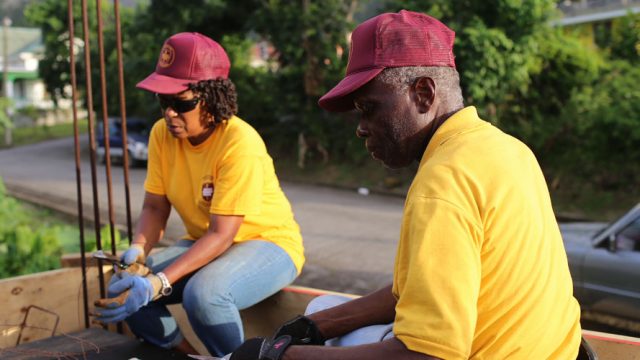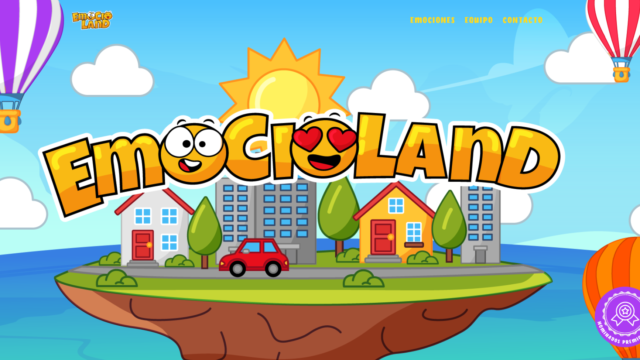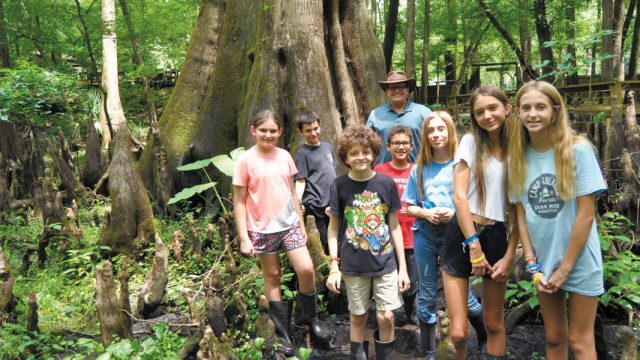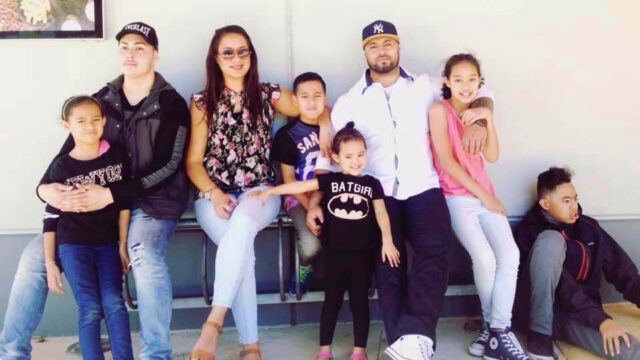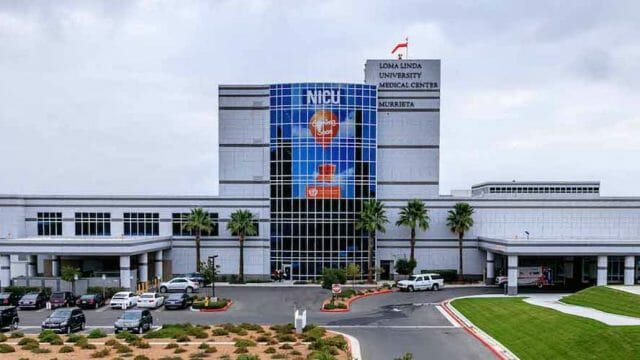A teenager reflects on her experience at La Vida Mission School in New Mexico, U.S.
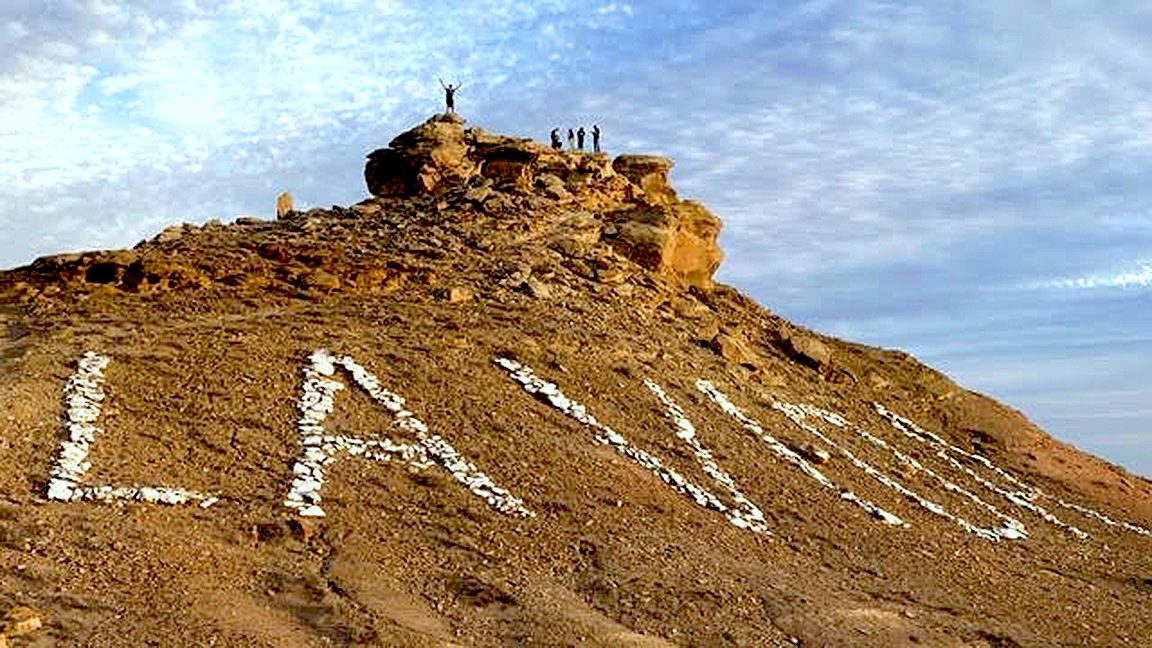
La Vida Mission School is dusty. This was the first thing I noticed when I saw it for the first time. I knew we would be in the desert when I heard the school was in Farmington, New Mexico, United States, but I didn’t expect it to be that sandy. For a place called “the life,” La Vida was pretty devoid of it.
A couple of shabby buildings and a small playground with creaky swings stood at the top of a steep road as we approached the Mission. One of the buildings was larger than the others — the one that serves as the gym, the cafeteria, and main auditorium. No matter how much sweeping you did in that building, there was a permanent layer of dirt on the floor that refused to be relocated.
La Vida provided us with housing set up like dorms. The bunk bed I slept in had been around for a long time and was covered in countless scribbles. The marks seemed more numerous than the stars. That week, they were my own “starry night.”
I did not feel any attachment to La Vida. I was just hoping I would be able to get the dust out from between my toes after the ordeal. On the second day, something changed. My teachers suggested my friend, Daniela, and I help the special needs teacher, who had three kids that day.
If I am being perfectly honest, I’m not a fan of kids. They’re cute. However, I don’t know what to do with them. That day, I pounced on the opportunity. Indoor classroom! Lack of invasive dust! Air conditioning! Story time with some kids was a small price to pay.
Daniela and I met the teacher and her kids at the entrance of the building. The teacher was very careful to make sure the door was always locked. I figured it was a school policy. We went to the classroom, and it was cluttered with all kinds of things to keep the kids busy while teaching them at the same time. During the day, Daniela and I quickly realized that the teacher was dedicated to her job. She loved the kids and did everything she could with what she had.
Most of her teaching equipment were castoffs; I had seen many of these items in the deepest corners of Mile High Academy’s storage, unused for years. She taught her students how to write their letters and vocabulary words on a chalkboard. Her letters had an infinite number of squiggles and shakes in them as she was older. Her hands were worn with the work of generations. She could easily have been old enough to retire 10 years ago, but still she taught.
Because of the nature of her classroom, her students moved at very different paces. All of them were behind. One was a third grader while another was still working up to first grade. They worked hard. Daniela and I, honestly, didn’t do much. We helped with some of the lessons, but we were practically students with them again. When we did have story time, only Daniela and I were the ones learning, not the kids.
La Vida is on a Navajo reservation, so alongside English, the kids were learning some Navajo in mostly song. We expressed interest in the language, and, in return, the teacher led us around the small school building to speak to the other teachers. They taught us the National Anthem and gave us the lyrics of songs like “Jesus Loves You” in Navajo, and the students even sung for us. All the teachers showed their love for the kids, and Daniela and I weren’t to be left out.
Though we had only known the kids for a little while, we were charmed by them. They had wonderful manners and were sweet as honey to us. They showered us with the enthusiasm that only children have. Their innocence and joy touched our hearts, and we were practically ready to stay at the Mission forever. Their smiles were like the sun.
Then came our story time. While our teacher read, we doodled. I’m a little artistic, and one of the kids noticed. He watched me draw with wide eyes and scootched a bit closer to me. “It’s so pretty,” he said quietly. Then he took my paper from me and started to draw too. He traced his tiny, chubby hand and made it into a hand turkey. He made a couple of stick figures and accompanied it with his scratchy signature. I had to squint to tell what it said: “I love you.”
Well, shoot, I already loved him too.
How is it that kids can break through every barrier we ever put up? Love is supposedly a special word that we only give to a few people. It’s a treasure that’s held close to our hearts. But when the kid told me he loved me, I believed him. I believed him because of the way he concentrated on making his letters perfect. I believed him because of how he laughed when we played tag on the playground and how proud he was when he caught me. I believed him because kids don’t need to save love for certain people. That’s their gift. They haven’t learned not to love everyone.
And, in my opinion, they shouldn’t.
If he had learned not to love, I wouldn’t have understood why La Vida was named just that. Life. It wasn’t about new buildings or the quality of their stuff. It wasn’t about enrollment. It wasn’t about the location. It was about the kids. The kids gave La Vida life. The kids were La Vida.
I’m going back to La Vida. I hope I get to see the kids again, and I want to see the teachers. Together, they taught me.
Not to mention, now that it’s in hindsight, I don’t really mind the dust. Weird how that works.
Adelaide Eno is a sophomore student at Mile High Academy in Highlands Ranch, Colorado, United States.
The original version of this story was posted in the Rocky Mountain Conference news site.


